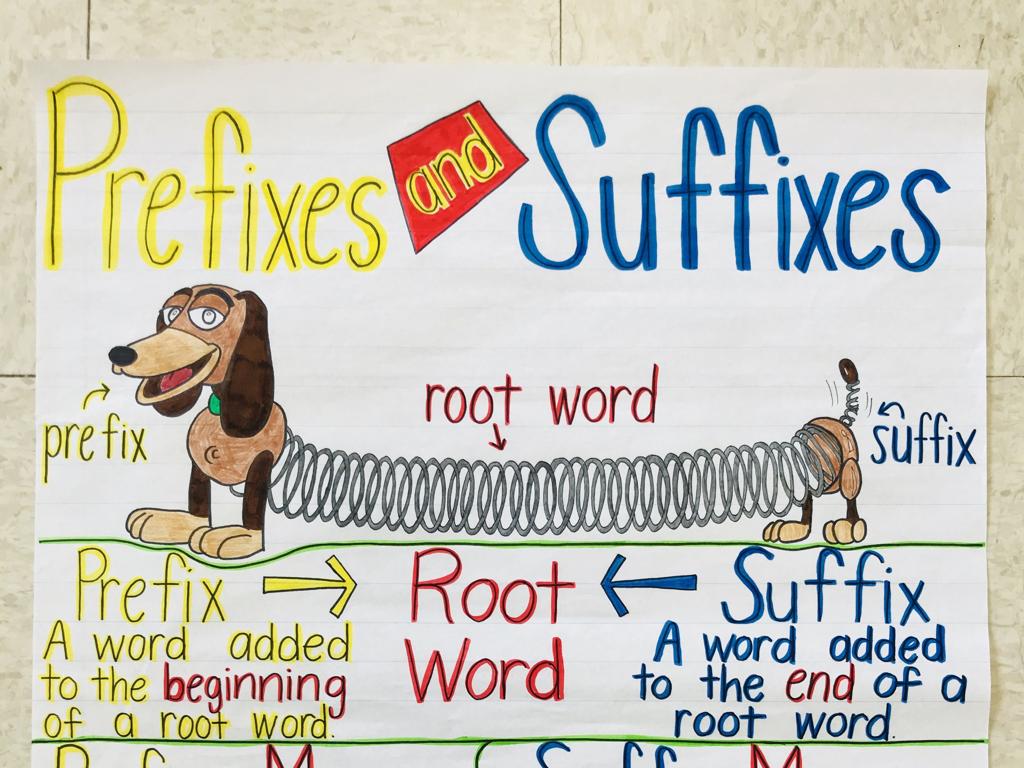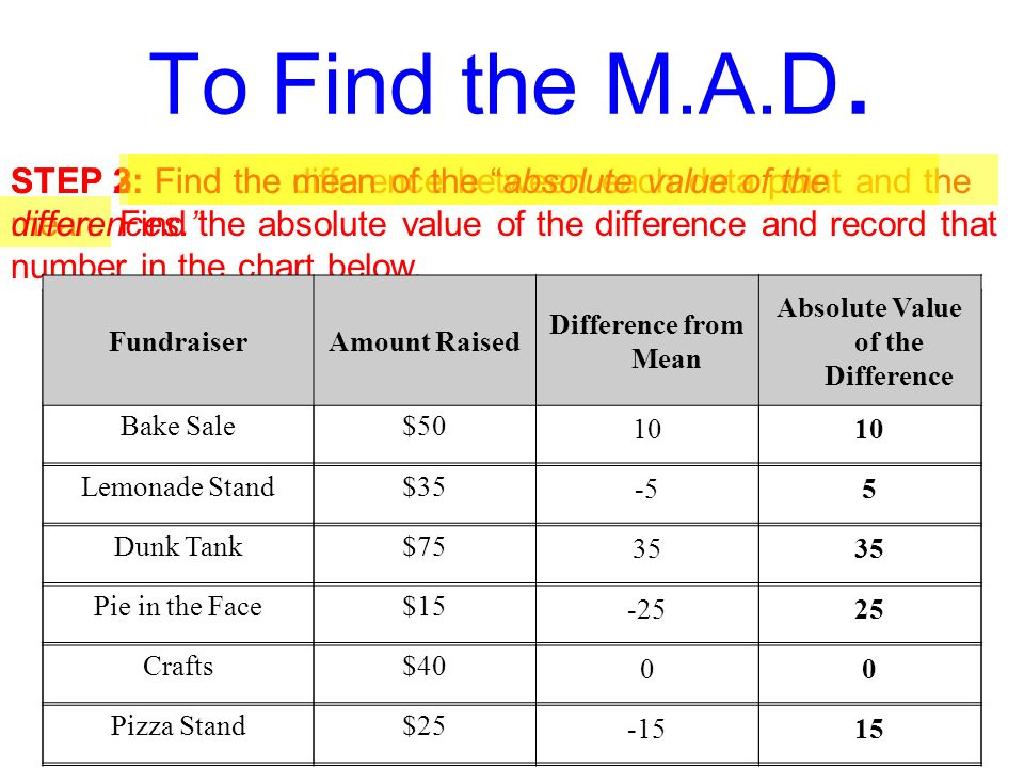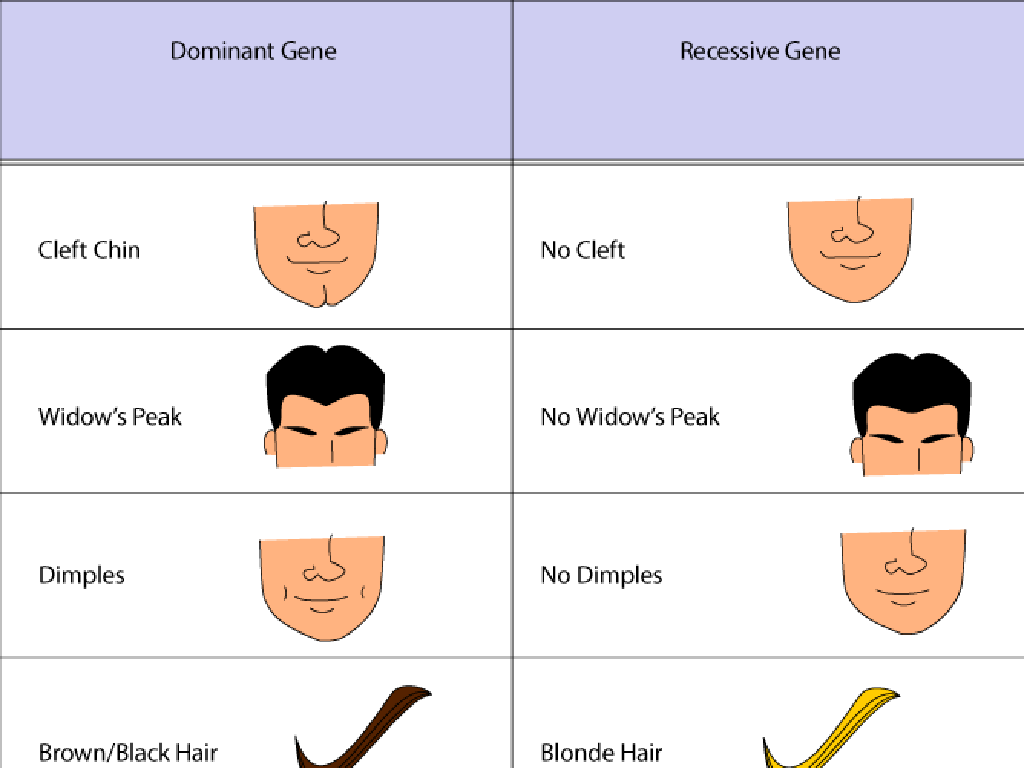Draw Lines Of Symmetry
Subject: Math
Grade: Fourth grade
Topic: Symmetry
Please LOG IN to download the presentation. Access is available to registered users only.
View More Content
Welcome to Symmetry!
– Understanding symmetry basics
– Defining what symmetry is
– Symmetry means balance or form; both sides are the same when cut in half.
– Recognizing symmetry in daily life
– Look for symmetry in butterflies, leaves, or even your face!
– Exploring symmetry with examples
– We’ll draw lines on shapes to find symmetry.
|
This slide introduces the concept of symmetry, which is a fundamental part of geometry. Symmetry refers to a balance or form where an object can be divided into parts that are mirror images of each other. Start by explaining the basic idea of symmetry and then define it more formally. Show students everyday examples of symmetry, such as in nature or man-made objects, to help them relate to the concept. Engage the class by asking them to find symmetrical objects in the classroom. Finally, prepare to demonstrate how to draw lines of symmetry on various shapes, which will be a hands-on activity to reinforce their understanding.
Exploring Lines of Symmetry
– Define a Line of Symmetry
– It’s an imaginary line where you can fold an image and have both halves match exactly.
– How to spot Lines of Symmetry
– Look for halves that are mirror images.
– Compare Symmetrical & Asymmetrical Shapes
– Symmetrical shapes are identical on both sides of the line, while asymmetrical shapes are not.
– Practice with common shapes
– Use shapes like squares, circles, and triangles to draw lines of symmetry.
|
This slide introduces the concept of symmetry, focusing on the line of symmetry. Begin by defining a line of symmetry as an imaginary line where, if a shape were folded along it, both halves would match perfectly. Explain how to identify these lines by looking for halves of a shape that are mirror images of each other. Discuss the difference between symmetrical and asymmetrical shapes, providing examples of each. Encourage students to practice by drawing lines of symmetry on common shapes, reinforcing the concept through hands-on activity. This will help students visually understand symmetry and improve their ability to recognize symmetrical patterns in the world around them.
Exploring Lines of Symmetry in Shapes
– Symmetry in regular shapes
– A shape is symmetrical if it can be folded into two identical parts.
– Counting symmetry lines
– We’ll look at squares, triangles, and circles to find their symmetry lines.
– Interactive symmetry prediction
– Guess the number of lines before we draw them.
– Understanding symmetry application
|
This slide introduces students to the concept of symmetry, specifically focusing on lines of symmetry in various shapes. Begin by explaining that a shape is symmetrical if it can be divided into two identical parts with a line. Use regular shapes like squares, triangles, and circles to demonstrate how to count the lines of symmetry. Engage the class with an interactive activity where they predict the number of lines of symmetry for different shapes before actually drawing them. This will help students to actively participate and apply their understanding of symmetry in a fun and educational way. Encourage students to think about where they see symmetrical shapes in their daily lives and discuss the importance of symmetry in design and nature.
Drawing Lines of Symmetry
– Tools for symmetry drawing
– Ruler and a pencil are essential.
– Steps to draw symmetry lines
– Find the middle, fold to test, trace the line.
– Practice symmetry on paper
– Draw shapes and divide them equally.
– Share your symmetrical drawings
– We’ll display our artwork in class.
|
This slide introduces the concept of drawing lines of symmetry, which is a fundamental aspect of understanding symmetry in shapes. Start by discussing the tools needed, emphasizing the importance of a ruler for straight lines and a pencil for marking. Explain the steps to find the line of symmetry by folding the shape to find the middle or by visually determining the center. Encourage students to practice by drawing various shapes and attempting to divide them into symmetrical parts. As a class activity, students can draw and cut out shapes, fold them to find the symmetry line, and then share their symmetrical creations with the class. This hands-on activity will help solidify their understanding of symmetry. Provide detailed guidelines for the teacher on how to facilitate the activity, including managing classroom materials and ensuring each student understands the concept of symmetry.
Exploring Symmetry Around Us
– Discover symmetry in nature
– Look at leaves, flowers, and butterflies
– Observe symmetry in objects
– Find everyday items with symmetrical designs
– Discuss the importance of symmetry
– Why do you think symmetry is pleasing or useful?
|
This slide aims to help students recognize and appreciate symmetry in their everyday environment. Start by showing examples of symmetry in nature, such as the intricate patterns on a butterfly’s wings or the balanced shape of a leaf. Then, shift focus to man-made objects that exhibit symmetry, like the front face of a building or the design on a paper snowflake. Engage the class in a discussion about why symmetry might be important, both in nature and in human-made designs. Encourage them to think about symmetry in terms of beauty, functionality, and balance. This will help them understand the concept of symmetry not just as a mathematical idea, but as a fundamental aspect of the world around them.
Class Activity: Create Your Symmetrical Art!
– Gather your art materials
– Fold and draw your design
– Fold paper in half, draw on one side
– Trace the design to other side
– Make sure each side is the same
– Present your artwork to class
|
This activity is designed to help students understand symmetry through a hands-on art project. Provide each student with paper, pencils, and colors. Guide them to fold the paper in half to create a line of symmetry. They should then draw a design on one side of the fold and use their creativity. Once the design is complete, they should trace it onto the other side of the fold to make both sides symmetrical. After completing their symmetrical art, each student will have the opportunity to present their design to the class, explaining how they made sure each side matched. This will reinforce the concept of symmetry and allow for a fun, interactive learning experience. Possible variations of the activity could include using paint to create symmetrical ‘blot’ art, cutting out symmetrical shapes, or using objects to create symmetrical patterns.






